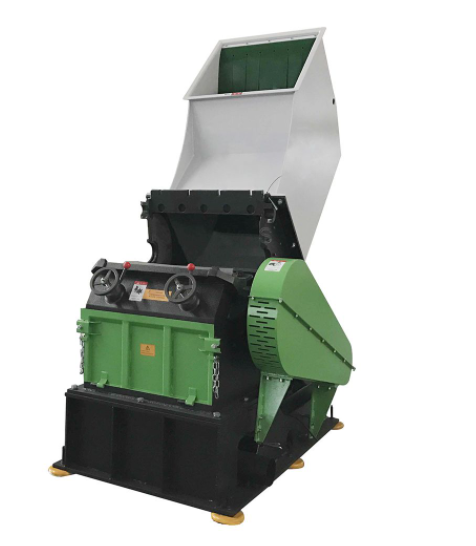© Copyright 2021 Jiangsu Aceretech Machinery Co., Ltd. All rights reserved. 苏ICP备2022044748号-1 Designed by iwonder.cn
The treatment of plastic packaging waste can basically be divided into landfill, incineration and recycling.
Waste plastic has a macromolecular structure, and it is not easy to decompose and rot for a long time after being discarded. The landfill method has a certain effect in the short term, but the landfill method is simple and negative. The landfilled plastic waste does not see sunlight, is not exposed to wind and rain, isolates the air, and is difficult to weather; staying in the soil will destroy the permeability of the soil and reduce the soil permeability. The water storage capacity will affect the growth of crops; and the accumulation will hinder the dredging and infiltration of groundwater. Plastics have low density, large volume, and are not easy to decompose. They quickly fill up the site and reduce the ability of landfills to deal with waste. Landfill has a low utilization rate of resources, does not meet the national sustainable development strategy, and is not an ideal method.

Direct incineration of waste plastics will cause serious secondary pollution to the environment. When plastic is incinerated, it not only produces a lot of black smoke, but also dioxins, the most toxic class of substances by far. Dioxin enters the soil, it takes at least 15 months to gradually decompose, it will harm plants and crops; dioxin has serious damage to the liver and brain of animals. The environmental pollution caused by dioxins emitted from the incineration of garbage has become a very sensitive issue of worldwide concern.
The cracking method is to decompose the macromolecular chain of the resin polymer in the waste plastic products thoroughly, so that it returns to the state of low molecular chain. The decomposed product has high use value, will not cause secondary pollution.
When rivers and seas are polluted with plastic, fish and other sea life suffer. Many thousands of animals are hurt or killed every year because they get caught up in plastic bags and wrapping, or they choke from trying to eat them. Fish that eat tiny plastic particles end up with toxins in their bodies, which are then passed on to the animals or humans that eat them. The more plastic that is recycled rather than sent to thrown into rivers and seas or sent to landfill, the fewer fish and other sea creatures will suffer, and the less the effects of swallowing plastics will be passed on to humans.
For every ton of plastic that is recycled, 7.4 cubic yards of landfill spaced is saved. Ensuring we recycle as much plastic as possible will extend the lives of our landfill sites, and stop the process many practice of burning plastics to save space, which releases toxic irritants and pollutants into the atmosphere.
Recycling plastic also reduces the amount of non-renewable energy used in the plastic-making process, as creating new items from existing plastic uses significantly less energy than creating plastics from raw materials. This reduces the strain on the power grid, meaning oil and coal is saved and carbon emissions are reduced.
While many people make the effort to recycle, there is still more to be done and the pity is that plastic is a versatile material. Almost all plastics can be recycled into bottles, containers, furniture, clothes, insulation and building products.

We are a company mainly focusing on waste plastics size reducing, washing and designing & engineering completed waste plastics recycling plant. If you are looking for a plastic recycling equipment supplier, please kindly contact us!